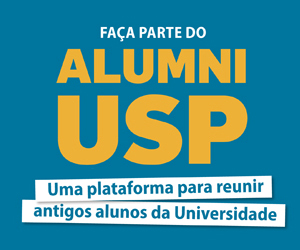SEMINÁRIO DO DEPARTAMENTO DE FÍSICA DOS MATERIAIS E MECÂNICA
“The Particle-Hole Map: a Computational Tool to Visualize Electronic Excitations”
Prof. Dr. Carsten A. Ullrich - Department of Physics and Astronomy, University of Missouri, Columbia, MO 65211, USA
Dia: 07 de novembro, segunda-feira, Sala de Seminários José Roberto Leite Ed. Alessandro Volta (bloco C) – Sala 110, IFUSP, às 14h.
Abstract:
The particle-hole map (PHM) is a new visualization tool to analyze electronic excitations in molecules in the time- or frequency domain, to be used in conjunction with TDDFT or other ab initio methods [1]-[3]. The purpose of the PHM is to give detailed insight into electronic excitation processes which is not obtainable from local visualization methods such as transition densities, density differences, or natural transition orbitals. The PHM provides information on the origins, destinations, and coherences of charge fluctuations during an excitation process. We present a derivation of the PHM from the two-particle reduced transition density matrix, discuss and illustrate its properties and numerical implementation, and give several examples and applications to charge-transfer excitations in organic donor-acceptor systems. This work was supported by NSF Grant No. DMR-1408904. [1] Y. Li and C. A. Ullrich, J. Chem. Theory Comput. 11, 5838 (2015); [2] Y. Li, D. Moghe, S. Patil, S. Guha, and C. A. Ullrich, Mol. Phys. 114, 1365 (2016); [3] Y. Li and C. A. Ullrich, arXiv:1610.04204, to appear in J. Chem. Phys. (2016).













